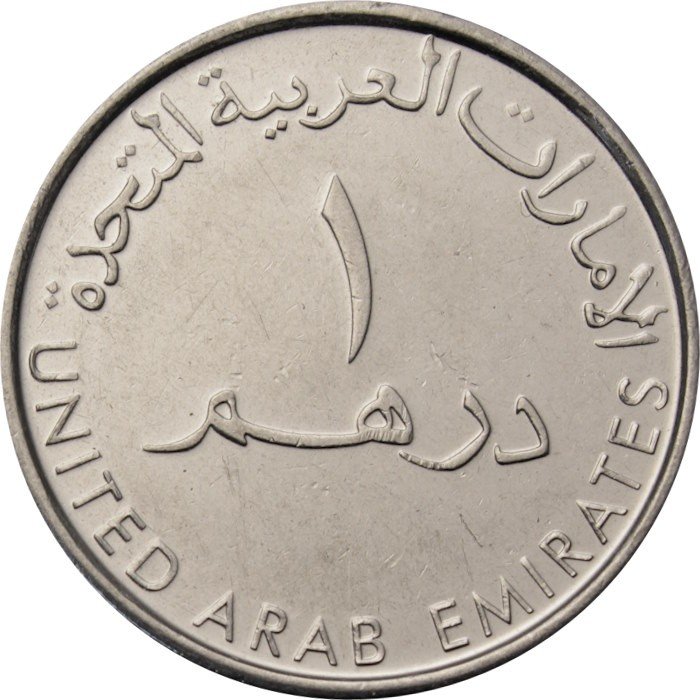Dirham to PKR Exchange Rate
Stay updated on the Dirham to PKR exchange rate with insights into trends, economic influences, and tips for better conversions. Essential for investors, travelers, and remittance senders.

Dirham to PKR Exchange Rate
The Dirham vs. PKR exchange rate holds a critical place in influencing economic transactions between Pakistan and the United Arab Emirates (UAE). Being one of the most strictly tracked currency exchanges, it determines remittances, trade volumes, and the flow of investment. For a large number of Pakistani immigrants based in the UAE, it is essential to gauge this exchange rate to maximize returns on their earned money. This article explores the determinants of the Dirham to PKR exchange rate, its past patterns, and its wider implications for both economies.
The Basics of Dirham to PKR Exchange Rate
The UAE Dirham (AED) to Pakistani Rupee (PKR) exchange rate is the value of one currency expressed in terms of the other. For example, if the rate is 75 PKR for every Dirham, then a Dirham is equivalent to 75 Pakistani Rupees. This rate varies according to different economic and geopolitical influences, so it is important for individuals and organizations to remain aware.
The UAE Dirham is a stable currency, pegged to the US Dollar, whose value is comparatively stable versus major world currencies. In contrast, the Pakistani Rupee is more susceptible to fluctuations because of local economic conditions like inflation, trade deficits, and foreign exchange reserves. Such dynamics produce a volatile interaction that influences the Dirham to PKR exchange rate.
Factors Affecting the Dirham to PKR Exchange Rate
A number of factors affect the movement of the Dirham to PKR exchange rate. Knowledge of these factors will enable individuals and companies to make informed choices.
Economic Policies and Stability
Both the UAE and Pakistan's economic policies have a substantial bearing on the exchange rate. UAE's strong economy, backed by oil revenues and diversification, guarantees a stable Dirham. Pakistan's economic instability, with high inflation and debts, however, tends to result in a depreciated Rupee.
Remittances from the UA
Pakistan is among the world's top remittance receivers, with most of it originating from the UAE. As remittances go up, the PKR demand goes up, and the Rupee may get stronger against the Dirham. If remittances fall, the PKR may get weaker.
Global Oil Prices
Being a significant exporter of oil, the UAE economy is directly influenced by international oil prices. Movement in oil prices can influence the value of Dirham, in turn affecting the Dirham to PKR currency exchange rate indirectly.
Political and Geopolitical Factors
The political stability in both nations matters significantly. For example, unrest in Pakistan could result in weakening the Rupee, whereas stability in the politics of the UAE helps maintain a strong Dirham.
Interest Rates and Inflation
Policies of the central bank, such as interest rate changes, control currency values. Increased interest rates in Pakistan could draw foreign investment, making the Rupee strong. But increased inflation can undermine these gains and result in a weaker currency.
Historical Trends in the Dirham to PKR Exchange Rate
In the last decade, the exchange rate of Dirham to PKR has progressively increased, showing the depreciation of the Rupee against the Dirham. In 2013, for instance, the exchange rate was about 28 PKR per Dirham. It increased to around 75 PKR per Dirham by 2023.
This depreciation is largely because of Pakistan's economic woes, such as a broadening trade deficit, falling foreign exchange reserves, and inflationary pressures. On the other hand, the economic stability of the UAE has maintained the Dirham strong, widening the exchange rate gap.
Implications of the Exchange Rate
The exchange rate of the Dirham to PKR has significant implications for different stakeholders:
Expatriates and Remittances
For Pakistani expats in the UAE, an exchange rate that is higher translates into more Rupees per Dirham remitted home. This enhances household incomes and sustains Pakistan's economy with greater remittance inflows.
Trade and Investment
A weak Rupee enhances Pakistani exports' competitiveness in the UAE market, potentially increasing trade. It raises the price of imports, though, impacting foreign goods-dependent businesses.
Tourism and Travel
For UAE residents visiting Pakistan, a good exchange rate increases buying power. Pakistani visitors to the UAE, however, might pay more because of the depreciation of the Rupee.
Tips to Get the Best Exchange Rate
To get the most out of currency exchange, follow these tips:
Watch Exchange Rate Trends
Watch market trends and exchange rate predictions to know when to exchange Dirhams to PKR.
Compare Exchange Services
Banks, exchange bureaus, and digital platforms provide different rates. Compare rates to get the best rate.
Shun Airport Exchanges
Airport currency exchange services tend to have higher charges and less competitive rates.
Use Digital Platforms
Online remittance and digital wallets often give better rates and lower charges than conventional means.
Conclusion
The Dirham to PKR exchange rate is a key benchmark for individuals and businesses that deal in cross-border transactions between the UAE and Pakistan. Impacted by economic policy, remittances, and international market factors, this exchange rate is representative of the underlying economic conditions in both countries. By staying informed and adopting strategic approaches to currency conversion, stakeholders can navigate the complexities of the exchange rate and make the most of their financial interactions. Whether you’re an expatriate sending remittances or an investor exploring opportunities, understanding the Dirham to PKR exchange rate is essential for making informed decisions.
What's Your Reaction?
















.jpg)
.jpg)

